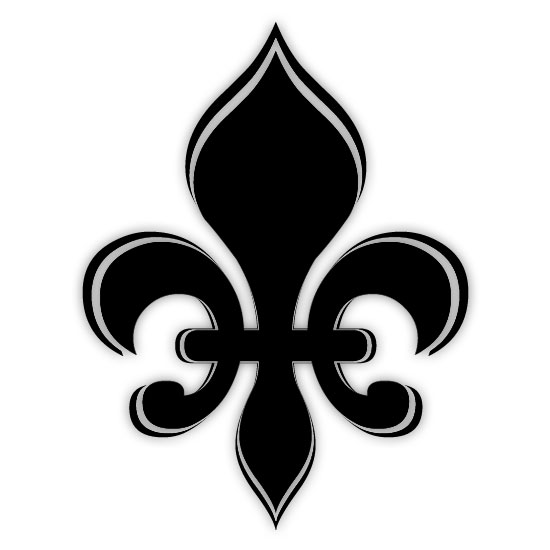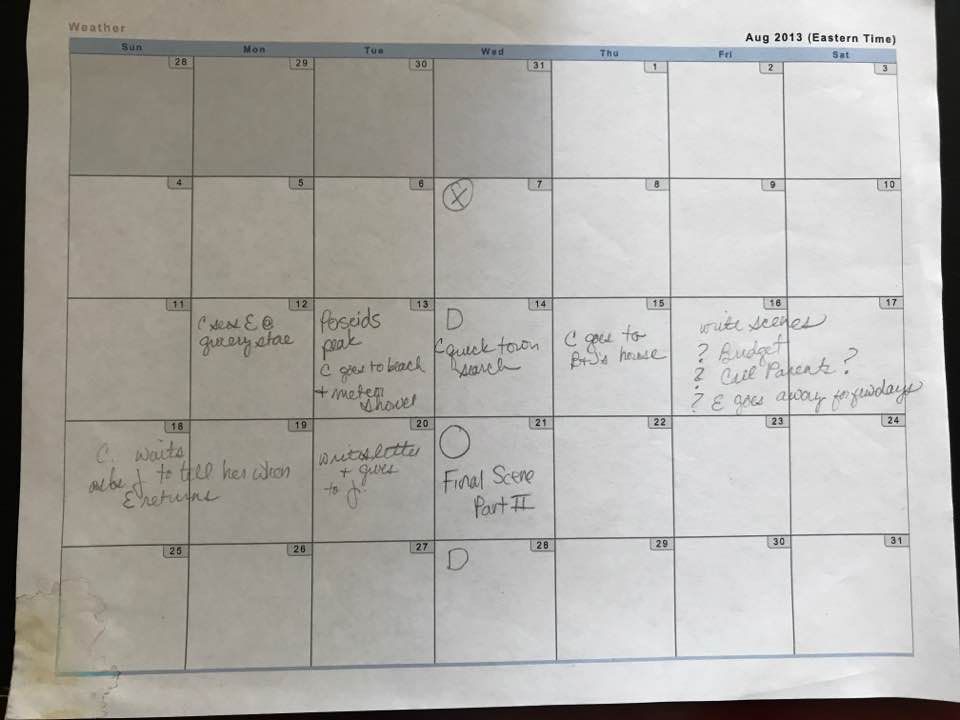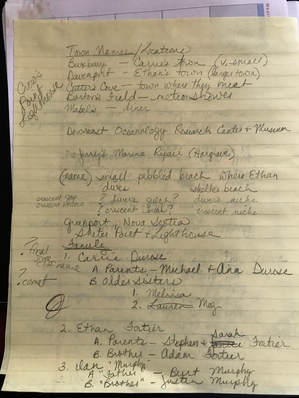 When configuring major plot points in my story, I like to set a timeline framework, and it helps if I actually plan it out on a calendar. Since the moon and tide phases play such a major thematic role in The Orbiter, it made sense to sync those phases to critical events in the story. In order to lay out a reasonable timeline (and to assuage my natural fear of fact-checkers), I embarked on a deep-dive into historical tide charts, moon phases, and tide terminology. I don't consider myself a fan of research, however I lost track of time while learning about these subjects. Perhaps my natural fascination with the moon and its effect on the ocean tides caused me to include those themes in the novel. When I finish a novel, I bundle up all my notes and drafts and stow them in a chest in my room. I'm a sucker for archives and I also can't bear to get rid of the physical representation of the work I did. Below are images taken from my research notes for The Orbiter regarding the moon and tides. Final Framework Below is the working calendar I used once I had completed my research. I synced the moon phases with major plot points. For example, Ethan saves Carrie from drowning on August 3, 2012 during a full moon. These are historically accurate calendars. Initial Research Working Out the Details
My Little Secret The connection of actual, historical moon and tide dates to the events in The Orbiter may not be obvious to the reader (I'm not big on inserting real dates into my stories), but using them as a timeline framework helped me organize the plot and solidified the story in an intangible way. Now you know my little secret.
0 Comments
|
About meI write novels and poetry and this blog. Categories
All
Archives
January 2022
|







 RSS Feed
RSS Feed
